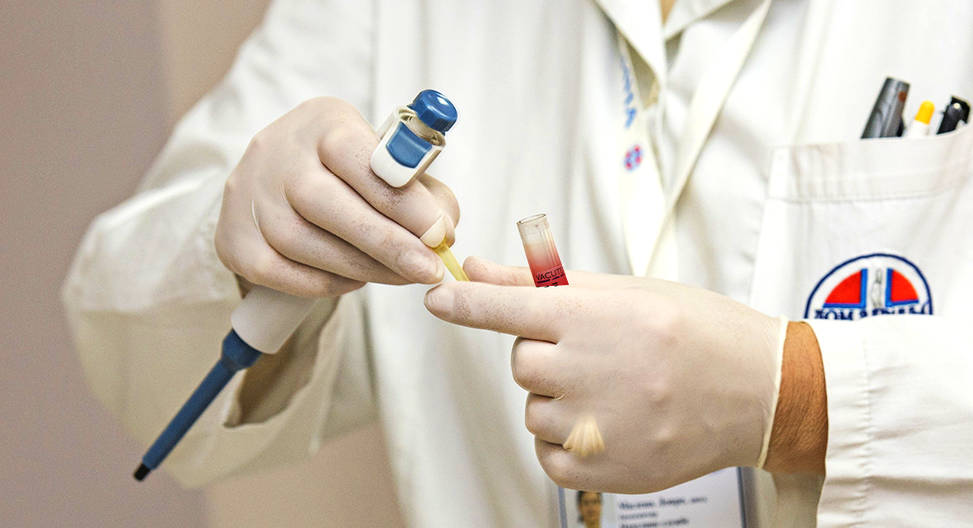
Circumcision is a procedure which involves removal of the foreskin. Often this procedure is performed due to the development of a tight foreskin (phimosis) which is difficult to retract over the glans penis and results in splitting or bleeding of the foreskin.
The commonest cause is due to a chronic inflammatory condition called lichen sclerosus or balanitis xerotica obliterans (BXO). This can also affect the head of the penis (glans) and in severe cases it can also cause narrowing of the urethral meatus and urethra which result in voiding problems.
In mild cases topical steroid treatment can be used but this is not successful in all patients. Where the problem persists a circumcision is advised.
The procedure can be performed under a local or a general anaesthetic. Mr Muneer uses a scalpel technique which allows the foreskin to be dissected with precision and is a technique that he teaches to trainees to ensure the best results are achieved. Fine sutures are used which eventually dissolve after about 3 weeks.
Following the procedure there is minimal discomfort due to the local anaesthetic used during the procedure. Once the anaesthetic wears off there can be more discomfort which requires analgesia for a few days. Mild oozing of blood is normal from the would for a few days but more severe bleeding requires an urgent assessment. The tip of the penis becomes dry after the procedure and there is a slight change in the sensitivity but this should not interfere with erections in the long term.
Submit your email and stay in touch with us